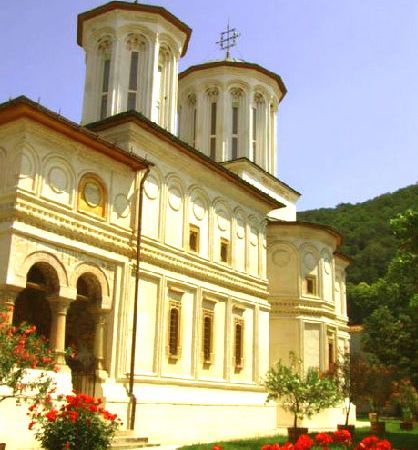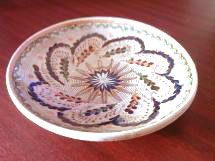
In Valcea County there are numerous monuments of religious art, such as the monasteries Cozia, Horezu, Arnota, Govora, Monastery just a mass a timber and many others.Cozia Monastery is a true architectural ornament that lives in the history of the Romanian people. With an ancientness over 600 years remains a symbol over centuries.Cozia Monastery is founded in 1387-1388 by the Mircea the Old, hospodar of Vallachia, and represents one of the oldest historical monuments of Romania. Cozia Monastery shines through its architectural value and through impressive stone sculptures and wall paintings.It also benefits from very pitoresque settlement.Arnota Monastery is situated at 37 km from the Ramnicu Valcea city, near Bistrita Monastery. It is founded by Matei Basarab, Prince of Vallachia (1633-1634). In the years 1705-1706 has undergone several repairs by Constantin Brancoveanu Prince. In this times was added a porch with a tower. At the entrance to the church, the chestnut door, which has an inscription in Slavonic, keeps the original painting with a great artistic and documentary value.
The church has a valuable portrait of Matei Basarab.It was restored also in the years 1852-1856 by the ruler of Barbu Stirbei.Arnota Monastery is small, the lines are simple and sober.The Monastery just a mass a timber is impressive. It is located at 25 km from the Ramnicu Valcea. It was built in the mid-sixteenth century and was built using a single oak, and therefore bears this name - Monastery just a mass a timber.
The church has a rectangular shape, length of 13 m, 5.50 m width and height of 4m. Legend tells that a shepherd, named Radu, during the reign of Alexander (1568-1577), cut an oak and found in the form of Virgin Mary icon. This was the reason to made himself a small wood church.Ramnicu Valcea city is seated in Valcea county, and is an important economic and cultural center of Romania, located in south-central area of the country, 175 km from Bucharest.

In the same area there is the Horezu city known as an ethnographic center, which is distinguished by folk pottery. Here is held an annually pottery fair Cocosul de Hurez (Cook of Hurez), organized on the plateau named The Oaks, in the first week of June and lasts three days.

































